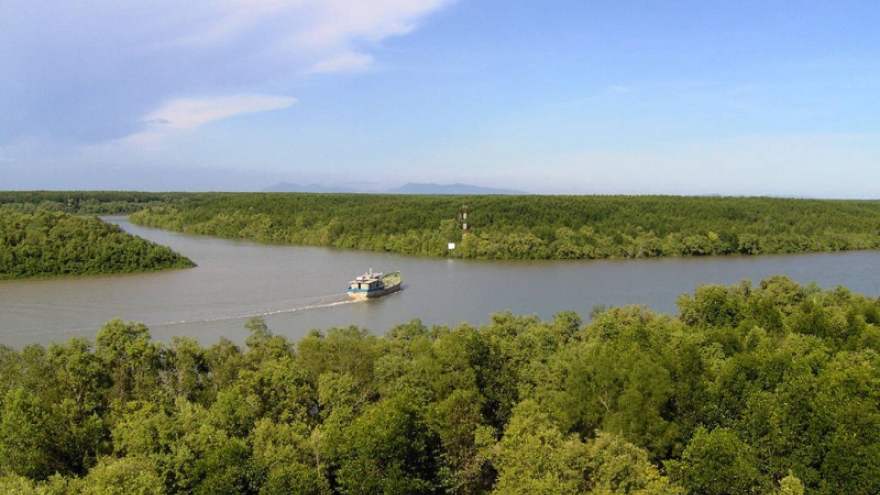Running tourism firms now is as risky as trading in stocks: company director
The complicated pandemic developments, plus the inconsistency in anti-pandemic policies in localities, have made travel firms feel as if they are walking a tightrope.
The Quang Ninh provincial Tourism Department said since November 1, the province has allowed tourism service facilities to receive travelers from other provinces if the facilities can satisfy the requirements on pandemic prevention and control. However, only travelers from Zones 1 and 2 (green and yellow) are welcomed.
Also, the province has set a lot of specific requirements on tourists, drivers and tour guides.
Many travelers and travel firms felt happy about the news which said that they could go to Quang Ninh from November 1, 2021. The number of travelers to the province was still not really high, especially on weekdays, but accommodation facilities were full on weekends. This was the outcome of the tireless efforts to reactivate tourism activities by travel firms.
However, the joy was short-lived. Hanoi, one of the key markets for Quang Ninh, unexpectedly announced the conversion of its pandemic risk level from green to yellow.
Immediately, the Quang Ninh Tourism Association (QNTA) sent a document to travel firms informing them that the locality only receives and serves travelers from green zone (Zone 1 as shown in Resolution 128), and it doesn’t accept travelers from the areas with high and very high risks.
The document did not mention the travelers from yellow areas like Hanoi.
Unable to enter Quang Ninh, people have canceled tours. Director of a travel firm said the firm has collected money from travelers and has placed orders for services with partners, and complained that while the firm has had to return money to travelers, it cannot claim money back from partners.
Pham Ha, President of Lux Group, told VietNamNet that the tours to be provided to some groups of travelers on November 3-6 have been canceled. Travelers can’t take a cruise because provincial authorities have not released a document with detailed guidance, and no unit dares to receive guests.
Meanwhile, the weather is very good these days and it’s a great opportunity for travelers to enjoy the beautiful landscapes of Ha Long Bay in early winter. If the tours had been provided, they could have brought revenue, though modest, to travel firms and workers, for whom every dong is valuable.
“Hanoi has turned yellow, but Quang Ninh province should be flexible in receiving travelers from different areas of Hanoi. It’s unreasonable to consider the whole Hanoi as a yellow zone and stop receiving travelers from the city,” Ha said.
Nhu Thi Ngan, CEO of Hanoi Tourism, also complained that the preparation for the famtrip to Binh Lieu on November 5-7 had just completed when Hanoi announced the conversion of the pandemic risk level to yellow.
Meanwhile, Quang Ninh provincial authorities set very strict requirements on travel firms which receive interprovincial travelers: only receiving travelers from green zone (Level 1); buses can carry 50% of passenger capacity; travelers must be fully vaccinated and get a rapid test.
The managers of the travel firm had to make flexible responses.
They exchanged information with local authorities and persuaded the province’s leaders to allow the program as planned, committing to ‘filter’ travelers and only accept travelers from green areas who are fully vaccinated. They also promised that travelers will only go in closed tours, and the company has prepared scenarios to handle with the problems to arise.
“Our team in Hanoi and Binh Lieu worked from 6h to 24h every day,” Ngan recalled. “Luckily, everything went smoothly.”
However, she still worries that the group of more than 70 travelers may still have to get out of the buses to scan a QR Code and make health declarations (the app used in Quang Ninh is different from that of the country), which takes a lot of time.
“Constant anxiety is hanging over us. Running tours these days is as risky as stockbroking,” the director of a travel firm said.
“The situations are different in different localities, and their regulations are also different. In the same localities, the policies are inconsistent: they are open today, but may close tomorrow,” he said.





